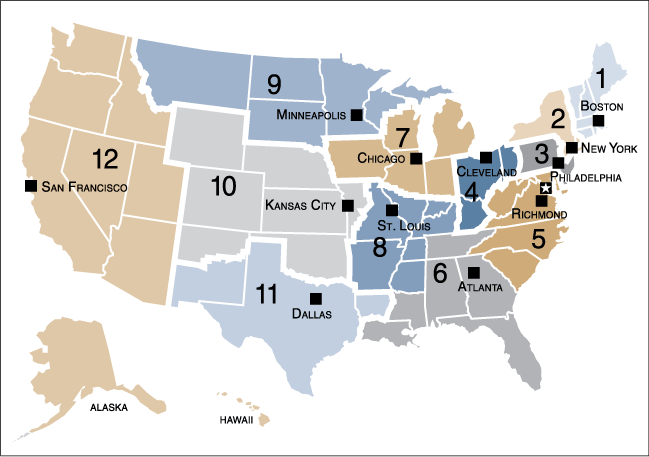

The Federal Reserve’s recent Beige Book report signals a “steady to weakening” trend in the U.S. farm economy. Though certain regions report stability, many agricultural areas are contending with financial strain driven by low crop prices and rising input costs. The livestock sector remains resilient, bolstered by strong demand for pork and beef, yet profit margins are narrowing due to supply chain issues and inflationary pressures.
Crop Production and Financial Pressure
Farmers across the Midwest and Great Plains report higher-than-average yields, especially in corn and soybeans. However, profitability is challenged by input cost spikes, including fertilizer and fuel prices, which have not kept pace with commodity prices. Cotton and grain farmers are among the hardest hit, grappling with market prices that fail to cover their rising production costs.
Livestock Sector Stability Amid Challenges
Livestock producers, especially in swine and beef, are seeing steadier returns thanks to consistent demand domestically and abroad. Pork producers are cautiously optimistic, finding some relief from the stability in feed prices. However, long-term risks loom as feed prices remain subject to market volatility, which could cut into future profitability. For swine producers, managing feed inventory and maintaining health protocols are priorities to avoid additional costs.
Agricultural Lending Trends
Banks across crop-heavy regions report increased loan demand as…



























































